The American Southwest, a land of dramatic landscapes, vibrant colors, and ancient wonders, beckons adventurers from around the globe. A road trip through its iconic national parks is an experience unlike any other, offering breathtaking vistas, challenging hikes, and memories that will last a lifetime. Whether you have a week or ten days, the Southwest has an itinerary to ignite your wanderlust. This guide will help you plan an epic road trip, drawing inspiration from various routes and essential tips to make your journey seamless and unforgettable.
Must-See National Parks of the Southwest
The American Southwest is home to a treasure trove of natural wonders. In this section, we will explore ten must-see locations that could be part of your unforgettable road trip:
1. Zion National Park (Utah)
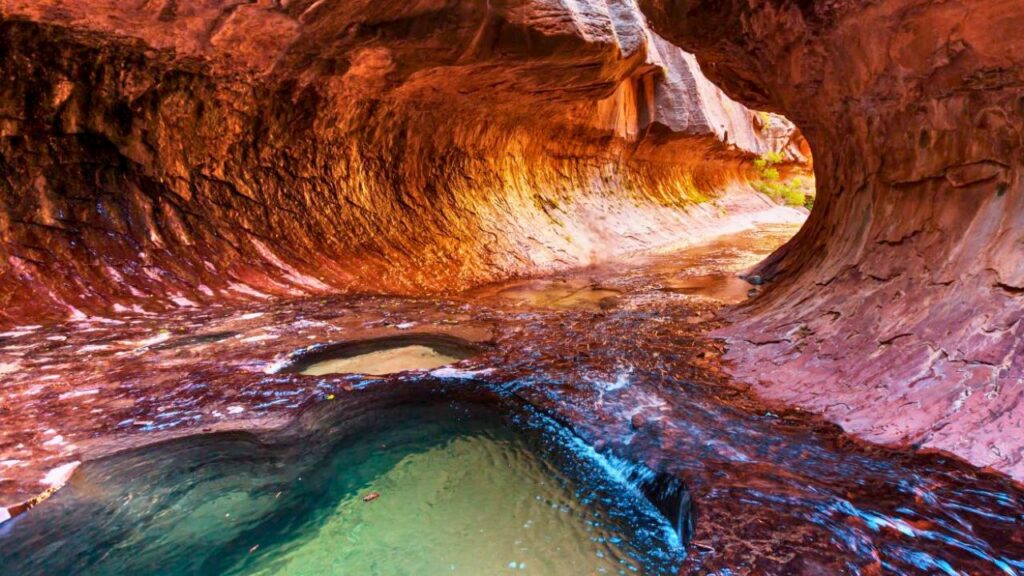
Known for its towering sandstone cliffs, the Virgin River carving through its canyon, and the iconic Narrows hike, Zion is a must-visit. Popular activities include:
- Hiking the Narrows: Wading or swimming through the Virgin River between towering canyon walls (permit required for overnight trips).
- Conquering Angels Landing: A challenging and exposed hike with incredible panoramic views (permit required).
- Exploring the Emerald Pools: A series of trails leading to waterfalls and lush vegetation.
- Taking the scenic drive and utilizing the park’s shuttle system (required during peak season).
2. Bryce Canyon National Park (Utah)
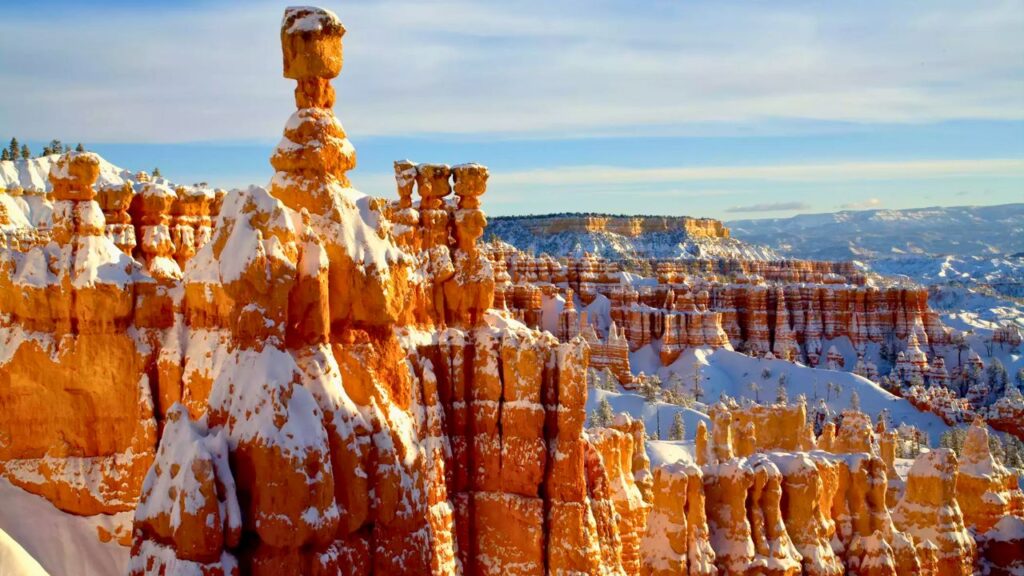
Bryce Canyon is famous for its unique amphitheater filled with thousands of vibrant orange and pink hoodoos – irregular columns of rock. Key experiences include:
- Hiking along the rim trail for stunning overlooks.
- Descending into the canyon via trails like the Navajo Loop and Queen’s Garden Trail.
- Stargazing: Bryce Canyon’s high elevation and remote location make it an International Dark Sky Park.
3. Capitol Reef National Park (Utah)
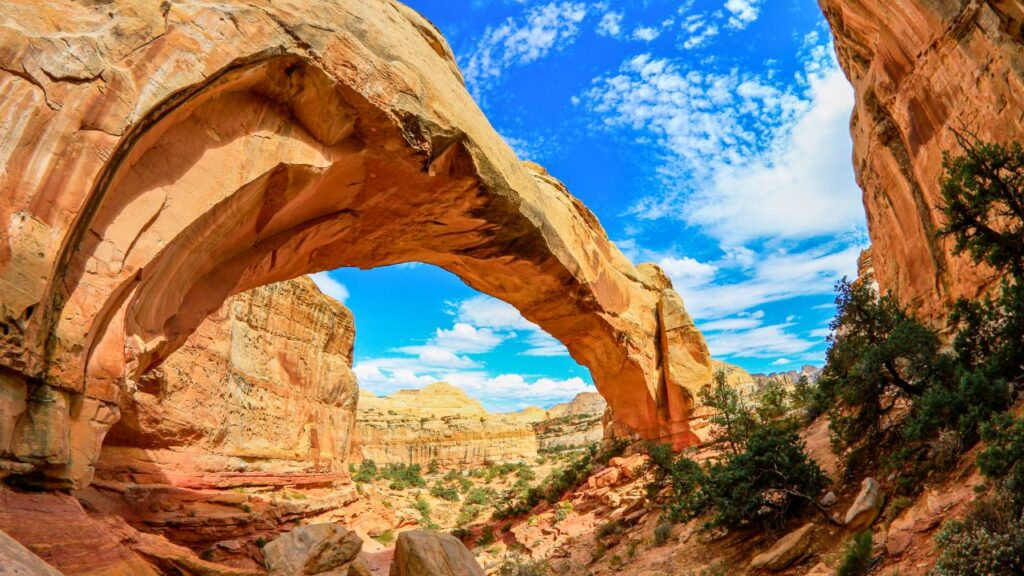
Often overlooked, Capitol Reef offers a diverse landscape of cliffs, canyons, domes, and bridges. Don’t miss:
- Driving the scenic byway and stopping at overlooks.
- Hiking to Hickman Bridge, a natural bridge accessible via a moderate trail.
- Exploring the historic Fruita district, with its orchards and Gifford House.
4. Arches National Park (Utah)
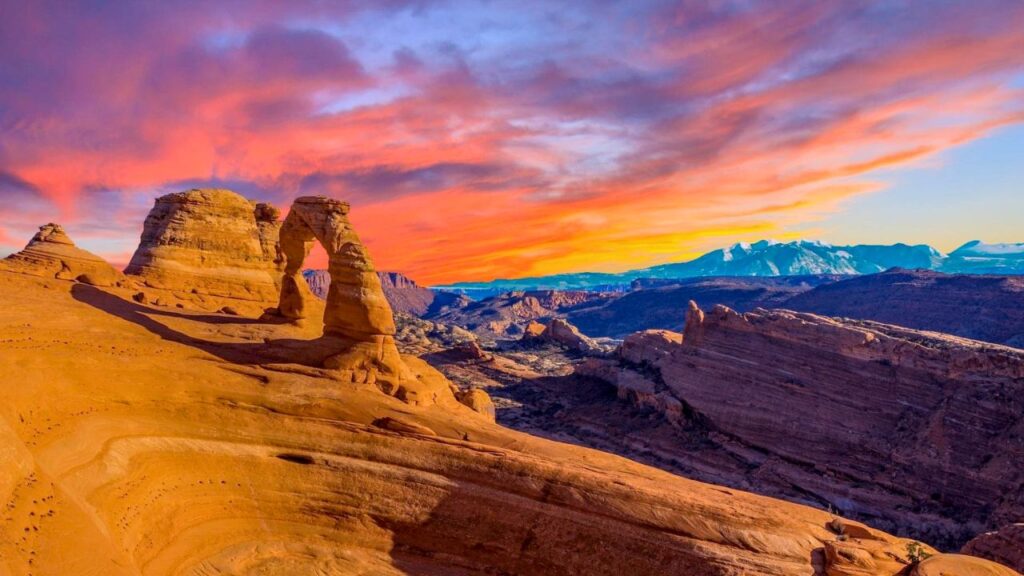
Home to over 2,000 natural sandstone arches, Arches National Park is a photographer’s paradise. Highlights include:
- Hiking to Delicate Arch, the park’s most iconic formation.
- Exploring Landscape Arch, one of the longest natural arches in the world.
- Discovering the Windows Section, featuring impressive arch formations like North and South Window and Turret Arch.
- Visiting Balanced Rock and Double Arch.
5. Canyonlands National Park (Utah)
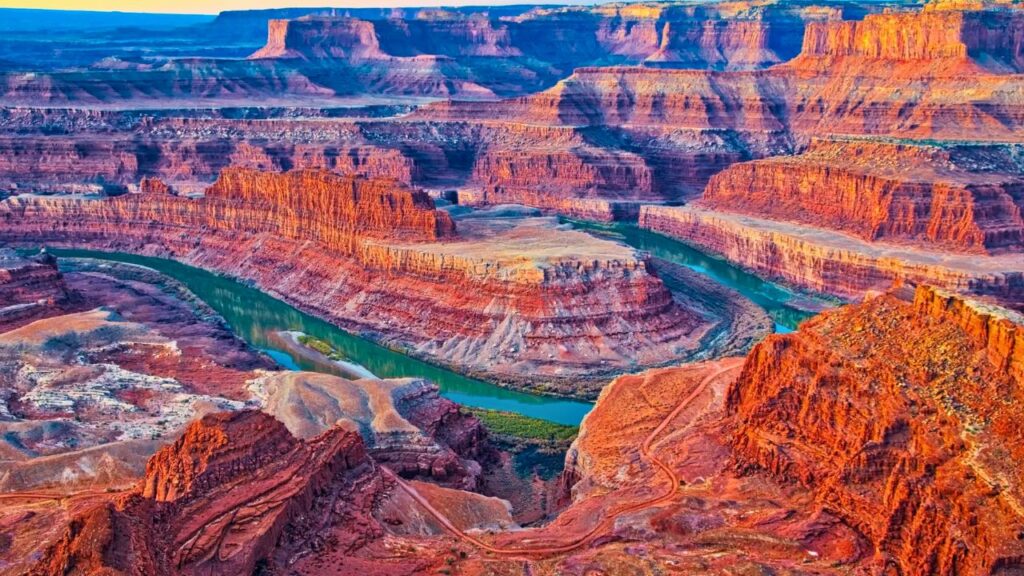
Divided into four distinct districts (Island in the Sky, Needles, Maze, and the rivers themselves), Canyonlands offers a vast and rugged wilderness. Popular activities vary by district but include:
- Enjoying panoramic views from the Island in the Sky district.
- Hiking and backpacking in the Needles district, known for its colorful rock spires.
- Challenging 4×4 adventures in the Maze district (permit and high-clearance vehicle required).
- Whitewater rafting on the Colorado and Green Rivers.
6. Grand Canyon National Park (Arizona)
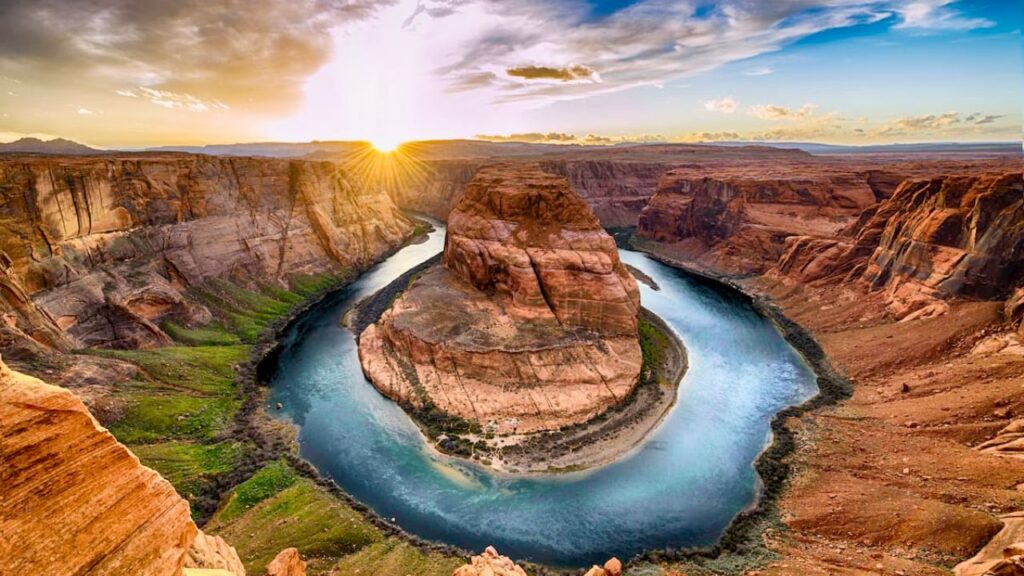
An awe-inspiring natural wonder, the Grand Canyon is a spectacle of immense scale and beauty. Focus your visit on the South Rim for the most accessible viewpoints and services:
- Marveling at the canyon’s grandeur from various viewpoints along the South Rim (e.g., Mather Point, Yavapai Point, Grandview Point).
- Hiking a portion of the Bright Angel Trail or South Kaibab Trail into the canyon (be aware of the difficulty and elevation change).
- Taking a mule ride into the canyon.
- Watching the sunrise or sunset over the canyon for unforgettable colors.
7. Monument Valley (Utah/Arizona)
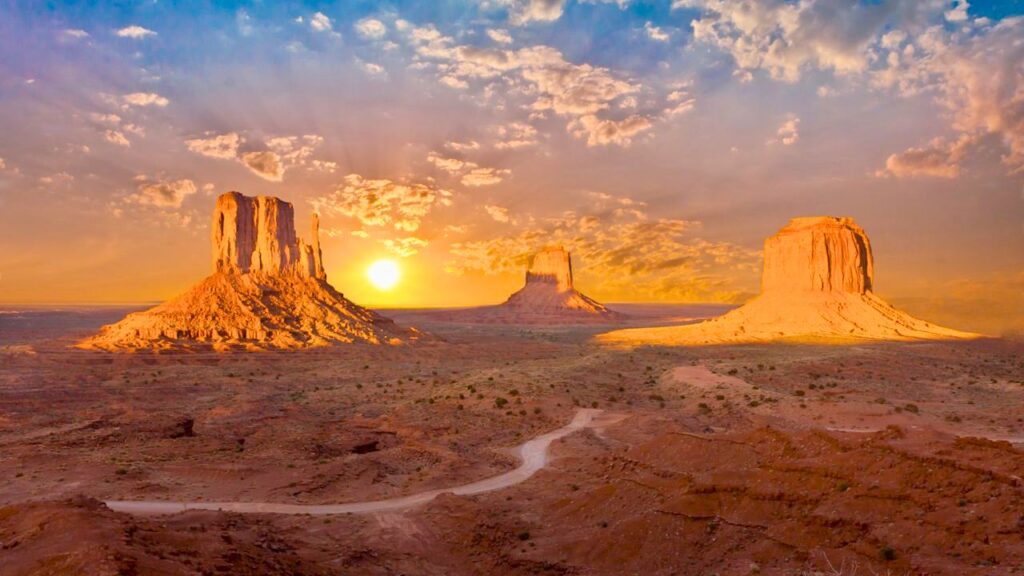
While not a national park, Monument Valley, located within the Navajo Nation, is an iconic symbol of the American Southwest with its towering sandstone buttes. Experience it through:
- Driving the scenic 17-mile loop road (fees apply).
- Taking a guided tour with a Navajo guide to learn about the history and culture of the area.
- Staying overnight at The View Hotel for unparalleled sunrise and sunset views.
8. Valley of Fire State Park (Nevada)
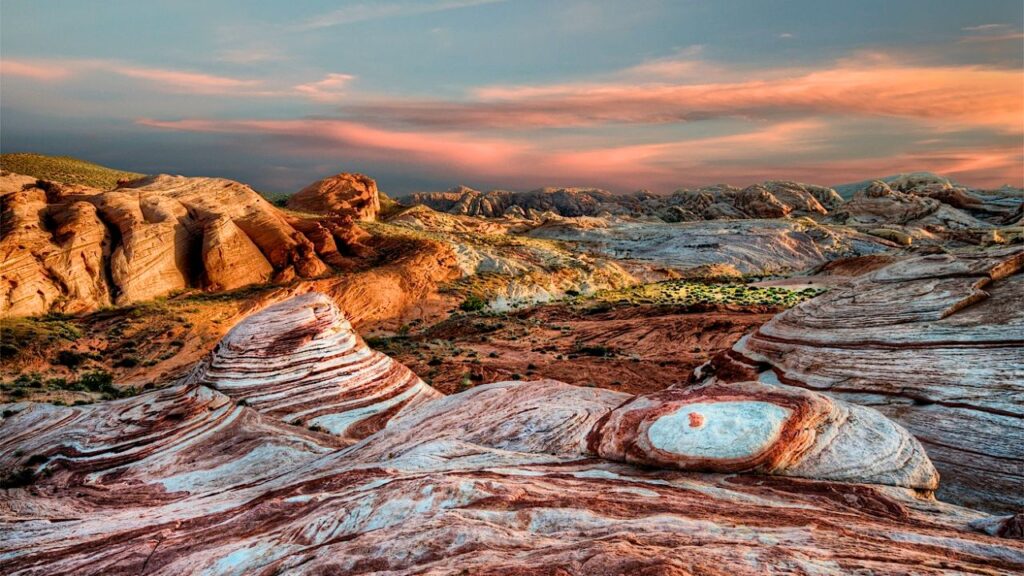
Located near Las Vegas, Valley of Fire offers a stunning introduction to the red rock landscapes of the Southwest. Explore:
- The vibrant red sandstone formations, including Elephant Rock and Arch Rock.
- Scenic drives like the Valley of Fire Road and Mouse’s Tank Road.
- Hiking trails of varying difficulty levels.
9. Goblin Valley State Park (Utah)
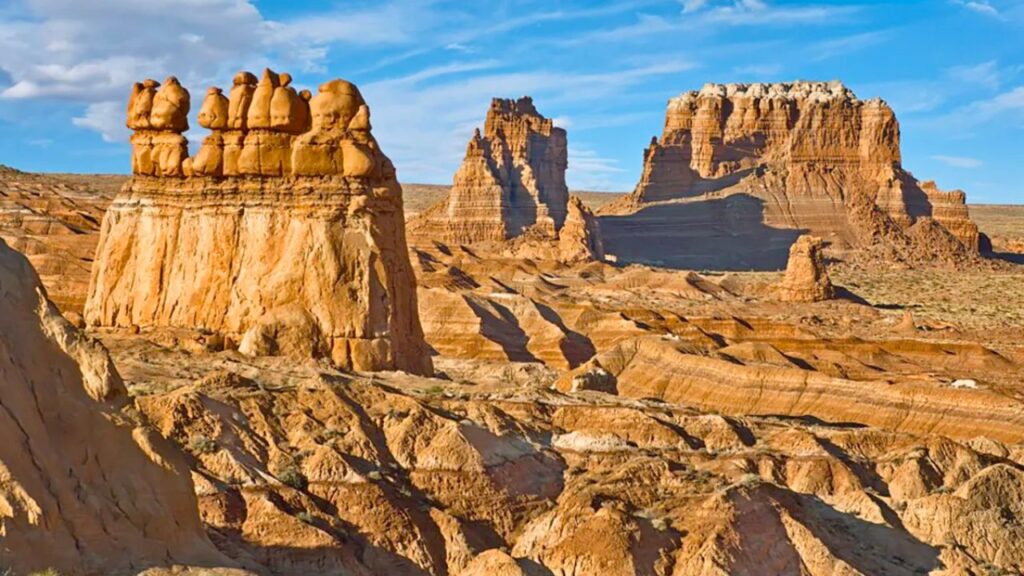
A unique and whimsical landscape, Goblin Valley is filled with thousands of mushroom-shaped sandstone formations, known as hoodoos or goblins. Enjoy:
- Wandering freely among the goblins and taking unique photos.
- Hiking to observation points for panoramic views of the valley.
- Camping under the starry desert sky.
10. Saguaro National Park (Arizona)
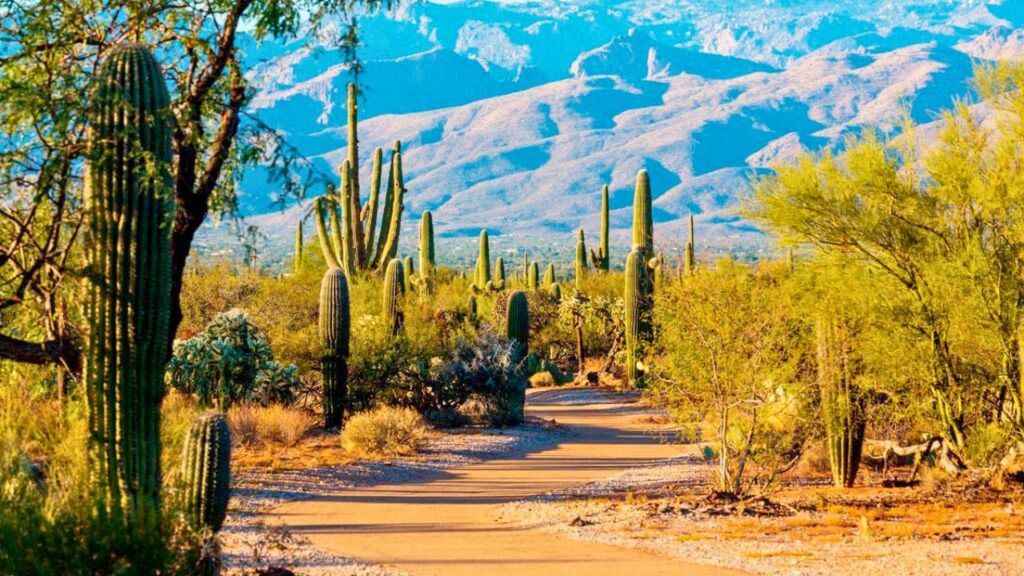
Protecting the iconic saguaro cactus, the largest cactus in the United States, Saguaro National Park offers a different perspective on the Southwest’s beauty. Explore:
- The Rincon Mountain District (East), known for its higher elevations and diverse plant life.
- The Tucson Mountain District (West), featuring denser saguaro forests and ancient petroglyphs.
- Scenic drives and hiking trails in both districts.
Planning Your Southwest Adventure
Before hitting the open road, meticulous planning is key to a successful national parks tour. Consider these essential factors:
Best Time to Visit
The shoulder seasons, April-May and September-October, are generally considered the best times to explore the Southwest. During these months, you’ll encounter thinner crowds and more enjoyable weather conditions. Summer months can bring intense heat, especially in lower elevations like the Grand Canyon, while winter might see snow and road closures in higher elevations like Bryce Canyon. Keep in mind that some attractions or areas within parks might have seasonal closures outside the April-October window.
Trip Duration: Tailoring Your Itinerary
The beauty of a Southwest road trip lies in its flexibility. You can tailor the duration to your available time and interests. Here are a few suggestions based on the provided links:
- The Concise 6-Day Adventure: If time is limited, a 6-day trip can still offer a fantastic taste of the Southwest’s highlights. Consider focusing on a smaller cluster of parks.
- Option 1: Fly into Las Vegas, explore Zion National Park and Capitol Reef National Park (or another Utah park), drive through Monument Valley, experience the grandeur of the Grand Canyon North Rim, and return to Las Vegas.
- Option 2: Base yourself in Moab and dedicate your time to Arches National Park and Canyonlands National Park, with a possible side trip to Monument Valley or a glimpse of Capitol Reef or Goblin Valley State Park.
- Option 3: For a different flavor, fly into Tucson and explore Saguaro National Park, with opportunities to visit Organ Pipe Cactus National Monument and Chiricahua National Monument. This option offers unique desert landscapes and milder winter weather.
- The Classic 10-Day Expedition: A 10-day itinerary allows for a more comprehensive exploration of the region’s diverse offerings. A suggested route includes:
| Day | Location | Activities |
| 1 | Las Vegas, Nevada to Valley of Fire State Park (Nevada) | Explore the vibrant red rock formations, hike scenic trails. |
| 2-3 | Zion National Park (Utah) | Hike the iconic Narrows, Angels Landing (with permit), or explore the scenic drive and other trails. |
| 4 | Bryce Canyon National Park (Utah) | Marvel at the unique hoodoos, hike along the rim or descend into the amphitheater. |
| 5 | Goblin Valley State Park (Utah) | Wander through the whimsical landscape filled with thousands of mushroom-shaped rock formations. |
| 6 | Capitol Reef National Park (Utah) | Drive the scenic byway, hike to Hickman Bridge, explore the orchards and historic Fruita district. |
| 7 | Canyonlands National Park (Utah) | Explore the Island in the Sky district for panoramic views, consider a 4×4 adventure in other districts. |
| 8 | Arches National Park (Utah) | Hike to Delicate Arch, Landscape Arch, and other iconic arches. Be prepared for crowds and heat in peak season. |
| 9 | Monument Valley (Utah/Arizona) | Take a scenic drive or guided tour through this iconic Navajo Nation landmark. |
| 10 | Page, Arizona & Grand Canyon National Park (Arizona) | Visit Horseshoe Bend and Antelope Canyon near Page, then head to the South Rim of the Grand Canyon for awe-inspiring views. |
Choosing Your Parks: Consider Your Interests
The Southwest boasts a remarkable variety of national parks, each with its unique character. Consider your interests when selecting which parks to include in your itinerary:
- Hiking Enthusiasts: Zion, Bryce Canyon, Arches, and Canyonlands offer numerous trails ranging from easy strolls to challenging multi-day treks. Be sure to research trail conditions and difficulty levels in advance.
- Scenic Drives: Capitol Reef’s scenic byway, the drive through Monument Valley, and the rim drives in Grand Canyon and Bryce Canyon provide stunning vistas without requiring strenuous activity.
- Unique Landscapes: Goblin Valley’s otherworldly formations, Valley of Fire’s vibrant red rocks, and Saguaro’s iconic cacti offer distinct and memorable scenery.
- Photography Buffs: The dramatic light and stunning geological features of all these parks provide endless photographic opportunities.
Starting Point: Flexibility in Your Journey
While Las Vegas is a common starting point due to its major airport, you can also consider flying into Salt Lake City (for Utah-centric itineraries) or Phoenix/Tucson (for exploring southern Arizona). Your starting point will influence the direction and flow of your road trip.
Saving on National Park Admission
Entrance fees for national parks can add up, so consider these cost-saving strategies:
- America the Beautiful Pass: For frequent park visitors, an annual pass covering entrance fees to all National Park Service sites is a worthwhile investment.
- Library Pass Programs: Some local libraries offer National Parks passes for checkout, allowing you free entry for a set period. Check with your local library to see if this program is available.
- National Park Service Free Admission Days: The NPS often designates several days throughout the year with free entry to all parks. Check the official National Park Service calendar for these dates and plan your trip accordingly if possible.
Navigating Timed Entry Systems
Several popular national parks, such as Zion and Arches, may implement seasonal or year-round timed entry systems to manage vehicle traffic and crowds. It is crucial to check the official National Park Service website for each park you plan to visit to determine if reservations are required and to make them well in advance. Failing to secure a reservation could result in being denied entry during certain hours.
Essential Tips for a Smooth Road Trip
To ensure your Southwest national parks road trip is a resounding success, keep these tips in mind:
- Book Accommodations in Advance: Especially during peak season, lodging options both inside and outside the parks can fill up quickly. Reserve your hotels or campsites well in advance.
- Pack Appropriately: Layers of clothing are essential as temperatures can fluctuate throughout the day. Wear sturdy hiking shoes, bring a hat and sunglasses, and don’t forget sunscreen.
- Stay Hydrated: The desert environment can be very dry. Carry plenty of water and drink it regularly, especially during hikes.
- Bring Snacks: Food options inside the parks can be limited and expensive. Pack non-perishable snacks to keep you energized between meals.
- Download Offline Maps: Cell service can be unreliable in many areas of the Southwest. Download offline maps to your phone or GPS device.
- Respect Wildlife: Observe animals from a safe distance and never feed them.
- Leave No Trace: Pack out everything you pack in and stay on marked trails to protect the fragile desert environment.
- Be Prepared for Varying Weather Conditions: Check the forecast before you go and be prepared for heat, cold, wind, and potential rain.
- Allow for Flexibility: While it’s good to have a plan, be open to adjusting your itinerary if unexpected opportunities or challenges arise.
- Fill Up Your Gas Tank: Gas stations can be few and far between in certain areas. Fill up whenever you have the chance.
A road trip through the national parks of the American Southwest is an adventure of a lifetime. By planning thoughtfully and embracing the diverse beauty of this remarkable region, you’re sure to create memories that will last long after you return home. So, pack your bags, hit the road, and prepare to be amazed by the wonders that await in the Southwest.
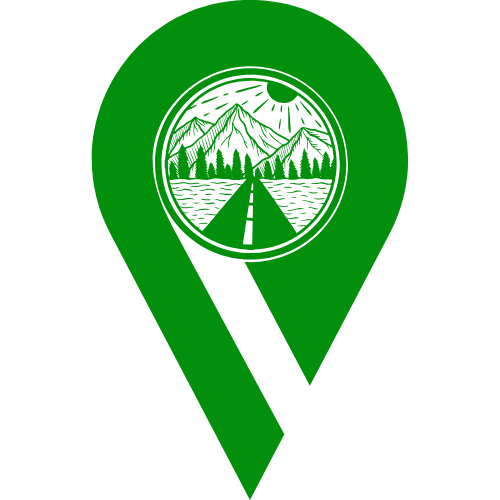
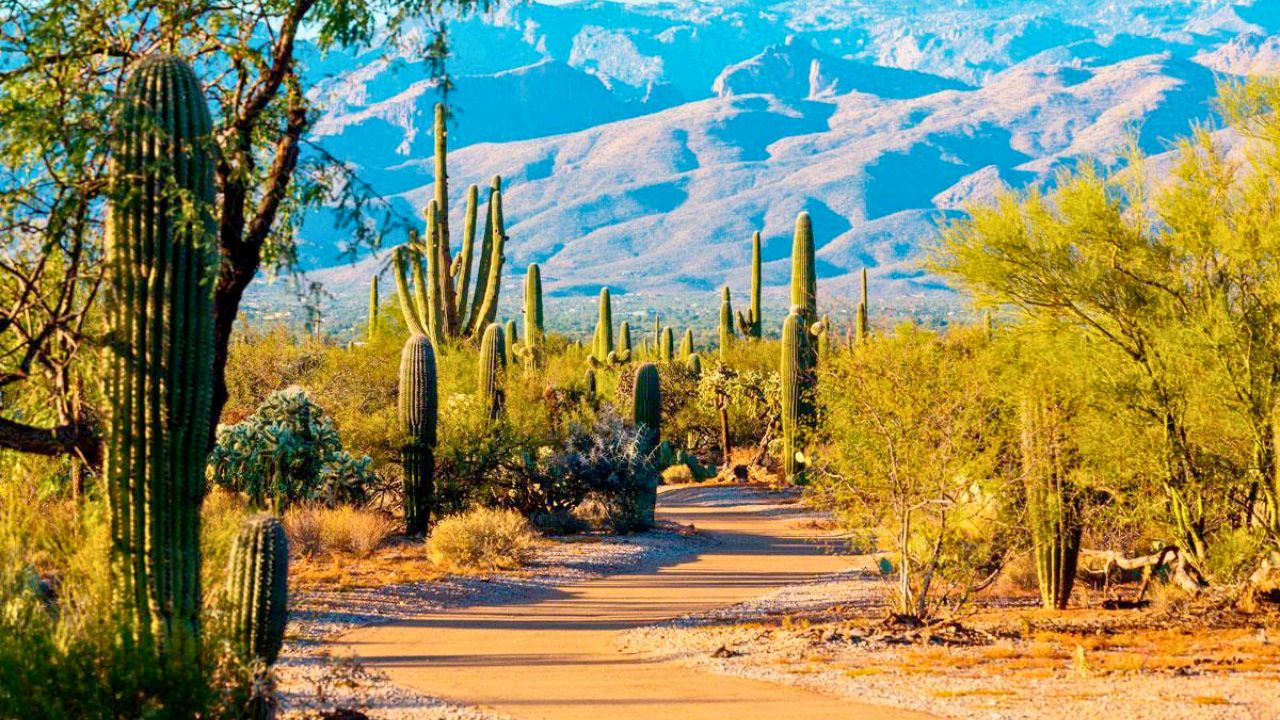
Leave a Reply